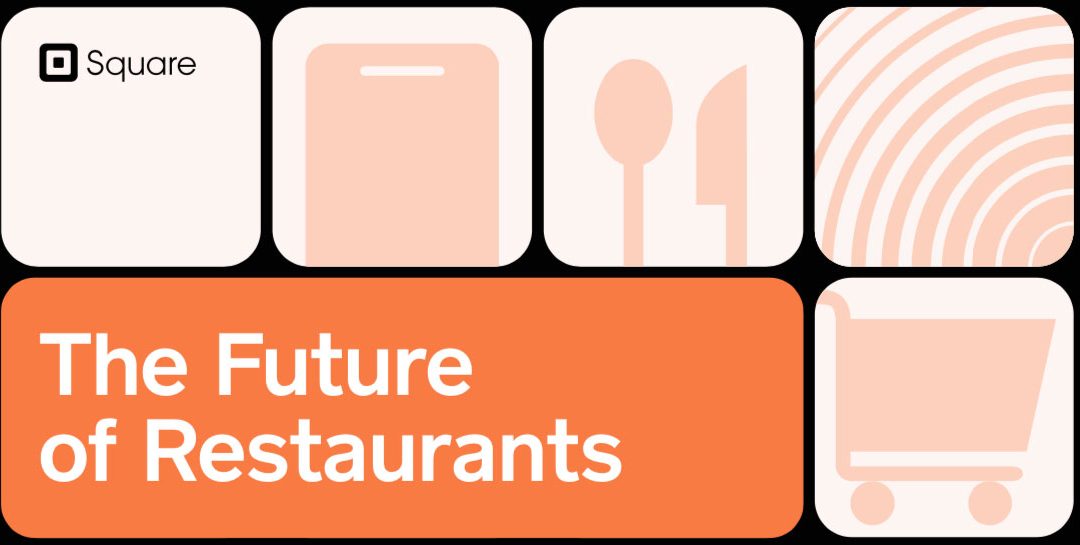Point of sale and payment gateway Square released a pair of surveys exploring the future of the restaurant industry in the minds of restaurant operators and consumers. The company partnered with Wakefield Research to question 500 restaurant owners and 1,000 consumers about the future of restaurants in the U.S.
No surprise, there were a lot of COVID-era questions and responses in the survey, but there were also plenty of notable trends to watch for as things get back to normal through 2021.
Among the most interesting results from restaurant operators was a willingness to explore automation. In all, 91 percent of operators said they were looking to kitchen automation to help streamline their operations this year. There are fewer robotic arms and salad robots on the list in favor of more software-based quality-of-life automation.
Bruce Bell, head of Square for Restaurants, said seamlessly getting orders to the kitchen was a big to-do item for operators.
“We’re seeing more of a hub-and-spoke model with the kitchen at the center of it all,” said Bell. “Restaurants are embracing new channels for customers to interact with their business, effectively meeting them wherever they are.”
Those results mirror trends screen across the industry as more operators found they were unprepared for the surge in digital orders, novelties like grocery items and meal kits or innovative ideas like virtual brands. One of the biggest headaches has become plugging all those new channels into the restaurant operating system.
The focus by restauranteurs on doing more native delivery meshes well with consumer proclivity to buy more than just food too. In the consumer survey, Square found that 59 percent of respondents were willing to buy items beyond the restaurant’s core offerings. Though grocery replacement didn’t exactly stick for most restaurant brands beyond those first chaotic months of the pandemic, Square called out “new dining experiences” as something customers are looking for.
“We’re seeing that the defined, straight vertical lines of your retail business versus your restaurant versus your services business are all blurring,” says David Rusenko, head of ecommerce at Square. “I think this blending of verticals is a really big trend that we’re starting to see, and it’s going to turn a lot of businesses into ‘multi-hyphenates.’ A restaurant-bar-store, for example, might be a place that sells mixology classes, retail gear and tastings in addition to serving patrons food and drinks.”
Much of that will continue to be off premises. A majority of restaurant-operator respondents expect online ordering and delivery would continue to account for 62 percent of revenue through 2021.
Both restaurant and consumer respondents said they preferred direct ordering—58 percent of restaurants said they preferred their own platform for delivery orders and 67 percent of consumers said they preferred to order direct. That latter point is a huge validation for all the work the restaurant industry has done to bring about better native online ordering. Whether it’s to save fees or just have more control over the process for restaurants, consumers like it.
According to the survey, 61 percent of consumers like direct ordering because it supports their chosen restaurants; 37 percent like the lower prices; 34 percent like the faster delivery service and access to deals and promotions; finally, 26 percent cited the ability to participate in loyalty programs.
There’s no doubt this year will continue to be one of growth and change for the restaurant space especially when it comes to technology and the continued broad utilization of off-premises. Take a look at the entire survey here.


